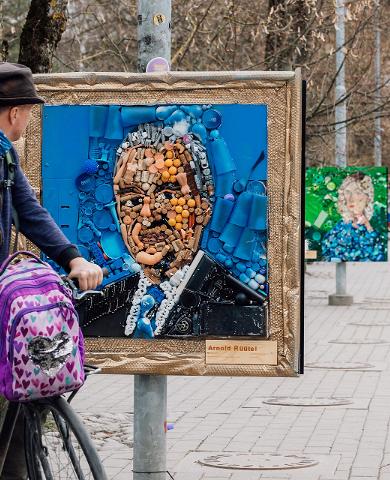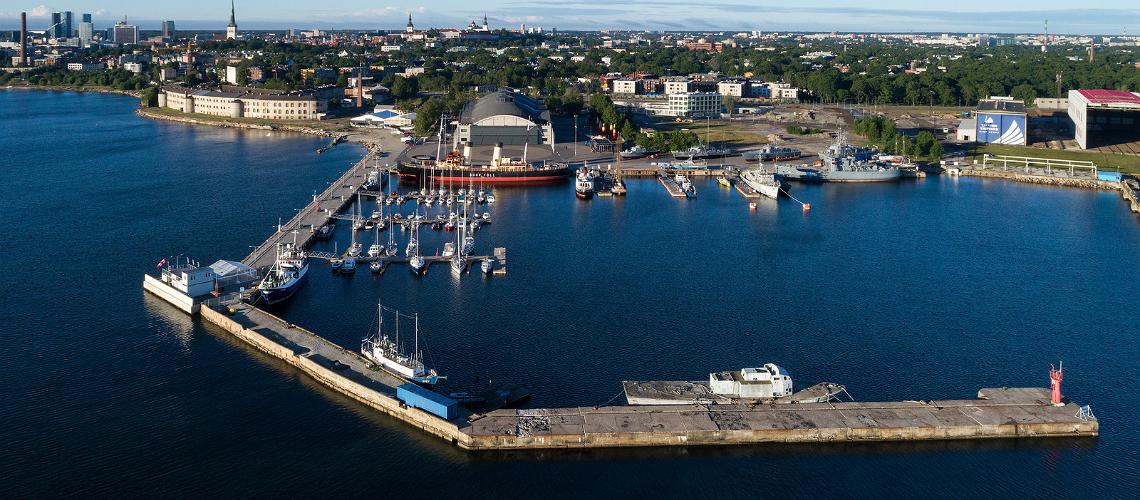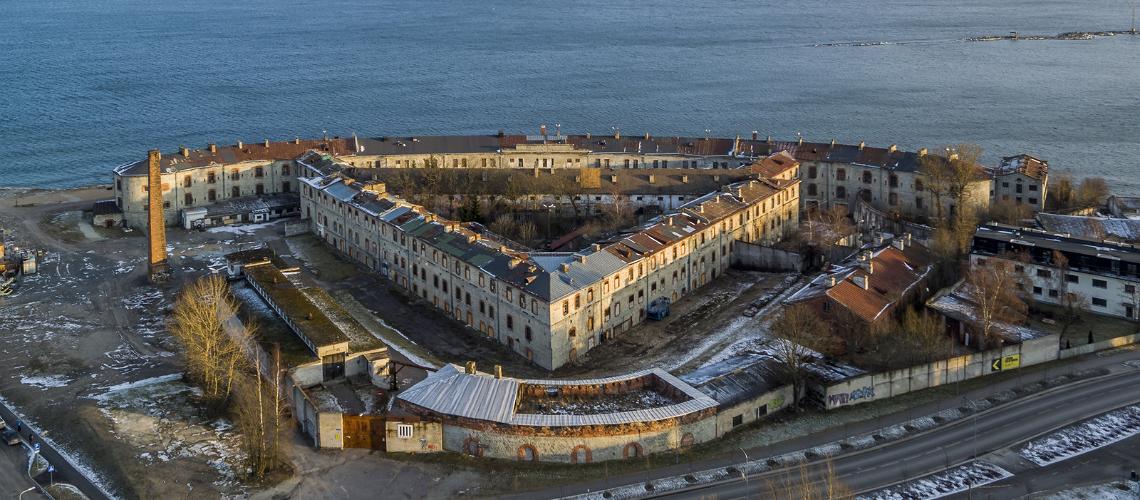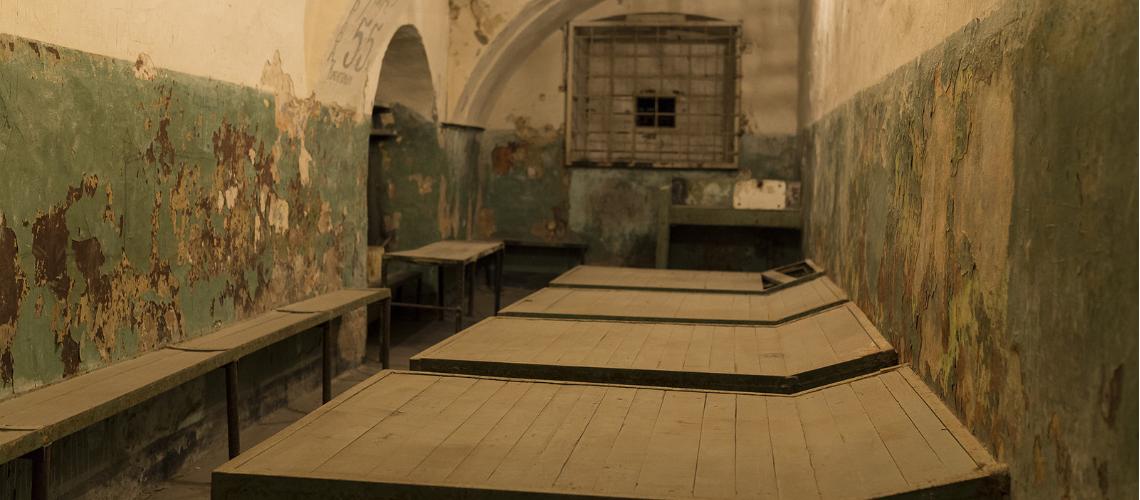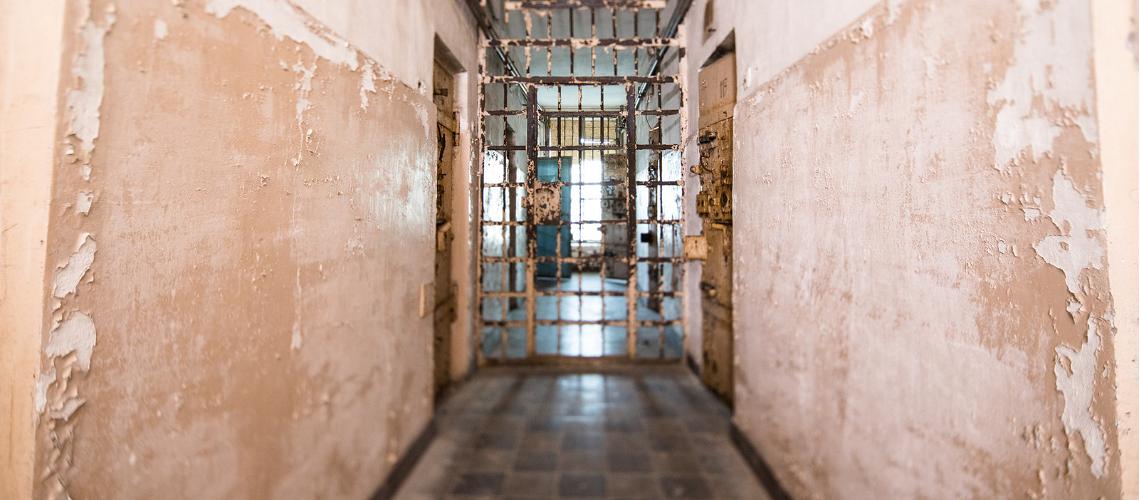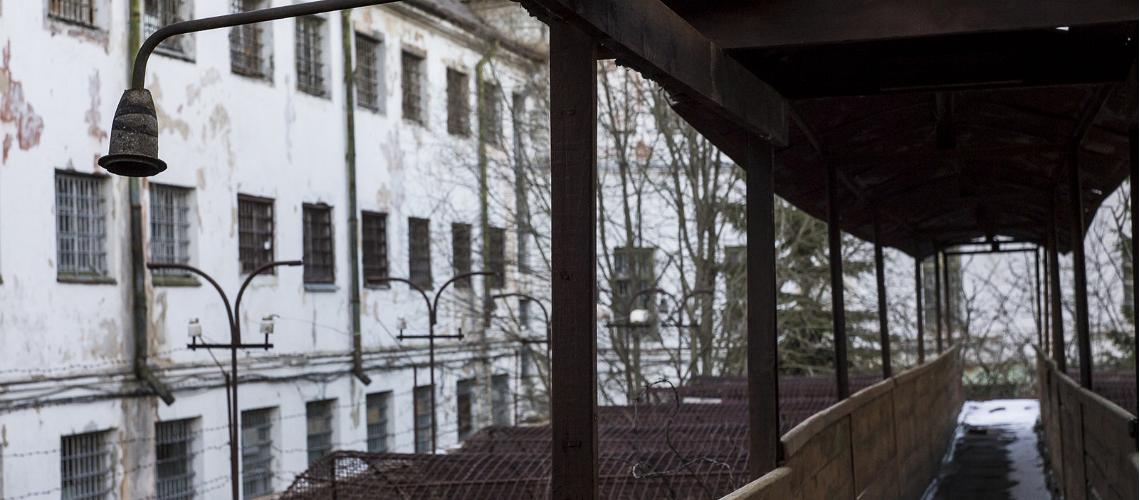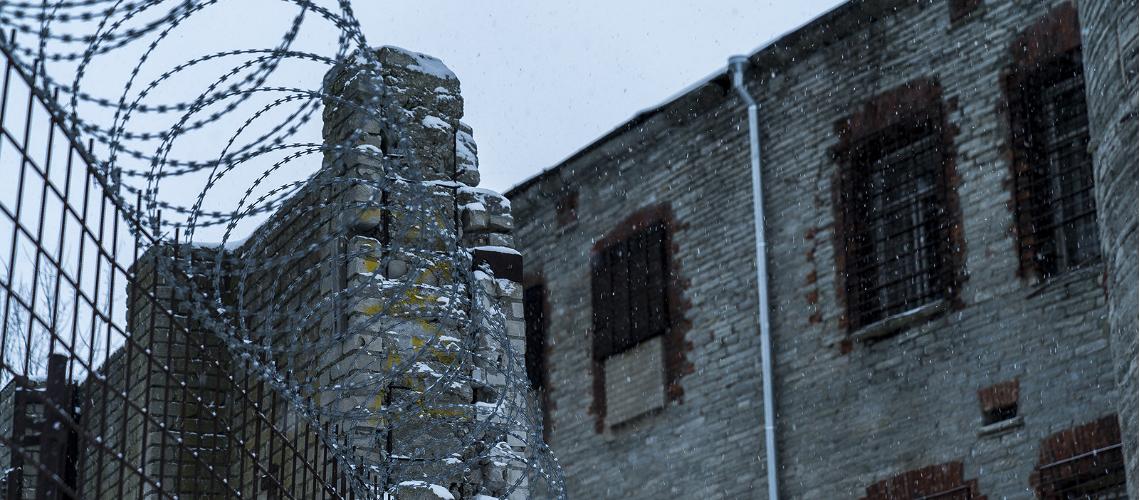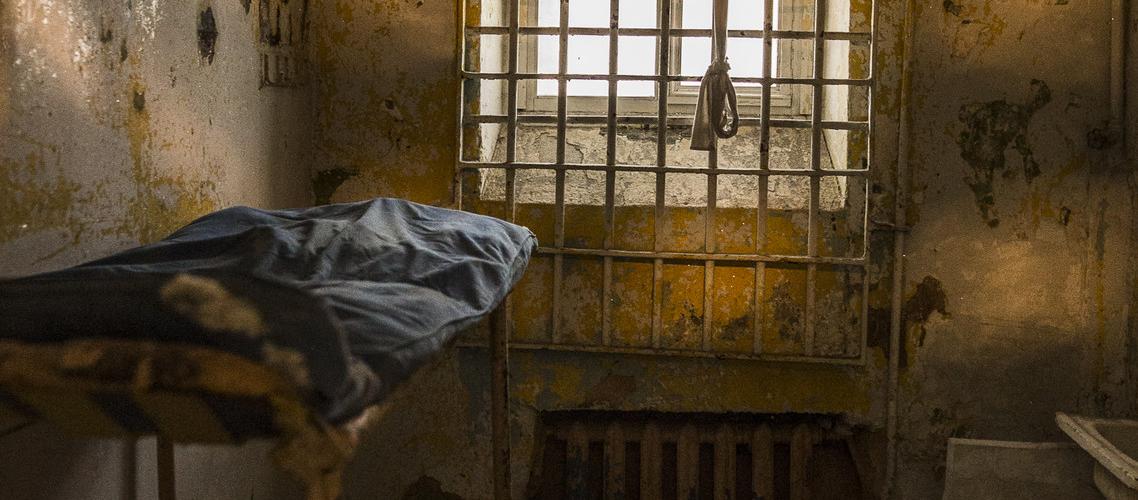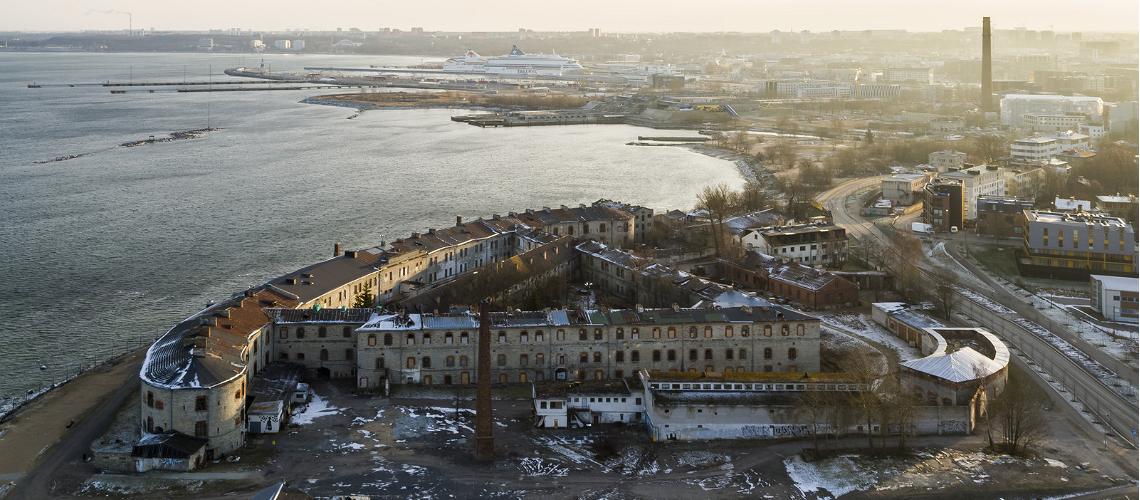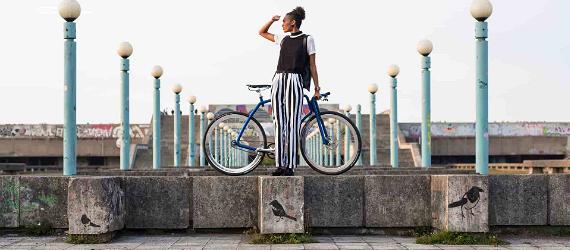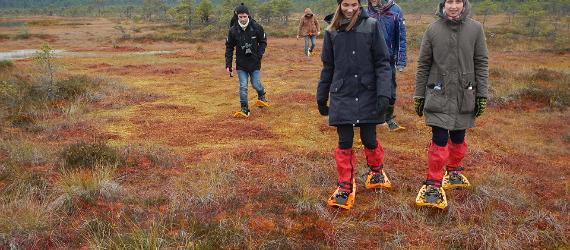Located on the coast of the Gulf of Finland, in the city centre of Tallinn, there is a building complex with a grim history – Patarei sea fortress and former prison. It is one of Europe’s most threatened monuments and one of the symbols of communist terror. During the 20th century, Patarei was used both by the totalitarian regimes of the Soviet Union and Germany to imprison innocent people.
Popular Kultuurikilomeeter (Culture Kilometre)
Seaplane Harbour and Noblessner shipyard on the one side and the cruise port on the other side, Patarei is situated at the popular Tallinn Culture Kilometre that runs along the seashore. Patarei that stood empty for years with its neighbours Seaplane Harbour, PROTO Invention Factory and Kai Arts Centre form a rapidly developing and exciting cultural and recreational centre in North Tallinn, which is just a 15-minute walk from the attractions of Tallinn – the Old Town and Telliskivi Creative City in Kalamaja.
In Estonia and the surrounding area, Patarei is one of the largest preserved building ensembles of classicist architecture. The complex was founded in 1840 as part of the defence system of Saint Petersburg, the capital of Russia (between 1710 and 1918, Estonia was part of the Russian Empire). The independent Republic of Estonia that was established in 1918 started to use the current barracks as the national central prison in 1920, and as such it was used uninterruptedly until 1940 when Estonia was occupied by the Soviet Union.
Patarei was also used as a prison after the restoration of Estonia’s independence (1991) until 2002. The entire Patarei complex is a building monument under the protection of national heritage.
Between 1940 and 1991, the Patarei complex was mainly used by the Soviet occupation regime as a detention facility (during the intermediate German occupation between 1941 and 1944, Patarei was used by the German National Socialist regime for the same purposes). In addition to criminal offenders, the political opponents of the regime were imprisoned and executed there. It is estimated that altogether 45,000 Estonian citizens and residents were imprisoned for political reasons during the Soviet occupation. Most of them were also taken to Patarei, which is the reason why Patarei is one of the biggest symbols of Soviet political terror for Estonians.
The 1,200 square metre exhibition area “Communism is a prison” in Patarei, where the authentic prison interior has preserved, introduces the nature of communist ideology and the crimes of its leaders both in Estonia and other countries, as well as stories about the victims of Communism and Nazism, and the eventful history of Patarei since its establishment as a sea fortress in the 19th century.
Regardless of the residence, origin and native language, Patarei addresses everyone in its own way. It warns against the danger of totalitarian ideas and recalls the value of human dignity and freedom. Patarei provides a place where one can learn, experience, remember, and ponder. In the future, it is planned to establish the International Museum of Victims of Communism in Patarei.






